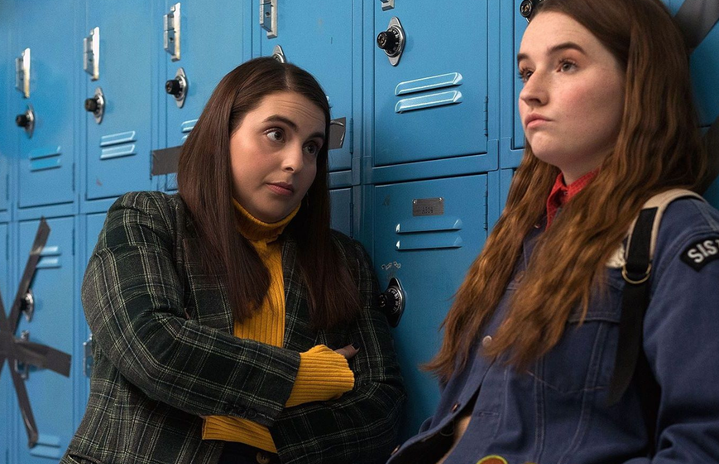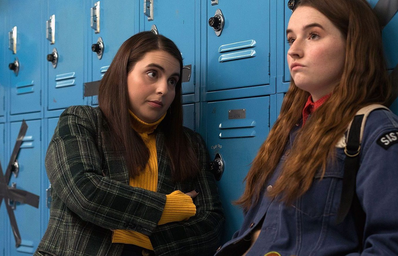For a long time cinema has been plagued with sex scenes and relationships that are tailored to male viewers. These types of scenes include women being solely admired during sex, rough and quick sexual encounters, and most unrealistic of all— women orgasming a lot.
It is because of these depictions that sex remains inherently connected to male pleasure and thus renders female pleasure not a main priority. However, recent films and television series have begun utilizing the tool of the “female gaze” when shooting sex scenes or intimate scenes between hopeful lovers.
A perfect example of the female gaze being utilized is in the television show
“Bridgerton” on Netflix. Not only is this series directed by a woman, but it’s produced by a woman as well.
By incorporating its direction through the female gaze, the audience is provided more sensual scenes that follow male characters rather than female characters. Whether it the whispering in one’s ear or the light graze of a woman’s hand, the female gaze has proven its success in “Bridgerton” from audience response as it is currently the number one show on Netflix US.
This proves to the entertainment industry that for something to be sexy, sex or intense touching does not actually need to occur. In fact, in some cases with the female gaze, the less contact the more sensual a scene can become.
Over the weekend TikTok has been flooded with fans of “Bridgerton” praising the show for its slow burn in the female gaze. Despite not having as much sex within the show as its previous season, “Bridgerton” has managed to still win over its fans.
This time around instead of sex onscreen, the audience was rewarded with sensual longing and passion displayed with the female gaze. For instance, heavy breathing and built of tension was a huge part of the show but it was mainly shown by the male lead’s character.
His character’s clear obsession with the female lead is a perfect example of how the female gaze can be used to entice audiences without actually displaying sexual content. Likewise, male dialogue is another form of film in which the female gaze can be incorporated.
For example, in “Bridgerton” when the Viscount says “you are the bane of my existence, and the object of all my desires” his character is displaying a level of passion for a woman that is severely lacking in the world today. Although this is a period piece which alters the diction compared to our language today, it is ultimately the sentiment that creates the female gaze in these moments.
There is a big difference between having a male character say words of affection to a female character and having a male character express those words of affection.
Along with this, the female gaze focuses on the male body, especially hands. It is features like these that most male directors would never imagine to emphasize during an intimate scene.
For this reason it is important to hire female directors— especially for female driven content— to appeal to its target audience.
Gone are the days of chiseled abs and zero foreplay. Now, it’s all about the build up to sex— which yes, does include female pleasure.
Olivia Wilde’s film “Booksmart” and even the television show “Succession” are examples of recent media that is helping pave the way for a normalcy of female pleasure in future projects.
One of the most important reasons to include the female gaze in media is to show female pleasure as a prioritized aspect in sex. As stated previously, female pleasure is often sidelined in sex scenes which perpetuates the notion that sex begins and ends with male pleasure.
Throughout films that follow the female gaze one of its key components is showing women receive oral sex from their partner. This sexual act displayed in media shows women and men as equal partners in sex, both deserving of receiving pleasure.


